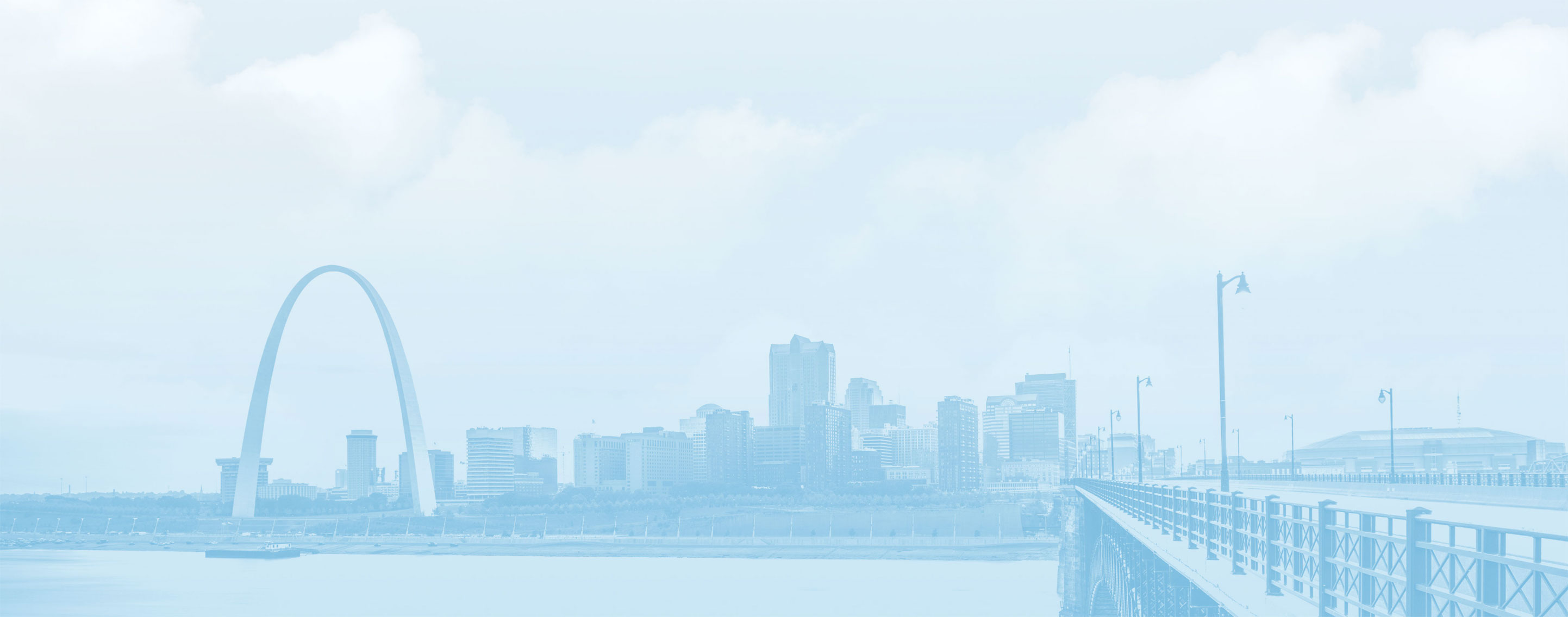Before the Gateway Arch welcomed visitors in St. Louis, a tower was built and a trench dug to keep them out. St. Louis, a small fur-trading community under Spanish control in 1780 was still a village. Fernando de Leyba was the local leader. His cold approach to governance made him disliked by the residents. De Leyba was already a challenge in St. Louis. Then came the invasion of the British.
The Battle of St. Louis was fought in the hamlet on May 26, 1780. De Leyba had earlier learned about a British plan that would attack the town and take control of the Mississippi River Valley and the surrounding area. The British recruited Native American tribes from the area to attack St. Louis for this mission. De Leyba knew that the town was vulnerable because it didn’t have any defensive or fortifications. He quickly planned to build several limestone towers. Fort San Carlos was the only one built due to budget and time constraints. It stood approximately on the Arch grounds today and was approximately three stories high and 30 feet in width. De Leyba had also constructed a 2,000-yard trench, which provided additional protection. This was used by the militia to defend the village.
The battle began when the British force of Native Americans attacked from the north. The battle raged and the St. Louis militia started firing cannons at them to stop their advance. The cannons’ sound and power shocked Native Americans who later called the tower a “house full of thunder.” They quickly realized that they were not equipped to withstand the cannons, and fled. The fighting ended in a matter of hours, but 21 St. Louisans were killed and 25 others were captured.
Even winning was not enough for de Leyba to be rehabilitated among the locals. They blamed him, blaming him for their loss of livestock and crops that were set ablaze in the face of the retreating Native Americans. De Leyba was stunned. After spending his own money on defense and supplies, he was broke. De Leyba was left homeless just a few weeks later.
This little-known bit of local history is now well-known thanks to the Battle of St. Louis and the Attack on Cahokia and the American Revolution In the West by Stephen L. Kling Jr. Kristine Sjostrom and Marysia Lopez as well as Paul Schenkman’s 2021 documentary House of Thunder. Schenkman stated that the battle was “much greater than anyone ever imagined” when the film was released.
By the Ballpark
You can find a historical marker that commemorates the Battle of St. Louis at the corner of Walnut Street and Broadway downtown, just outside the Hilton at The Ballpark. The plaque was donated by the General Society-Sons of the Revolution in 1946. It reads:
Fort San Carlos, a 1780 construction, stood near this spot. It was attacked by the British and Indians on May 26, 1780. The Spanish Garrison under Capt. Fernando de Leyba. This victory prevented Great Britain’s control over the Mississippi Valley during the American Revolutionary War’s later years.




